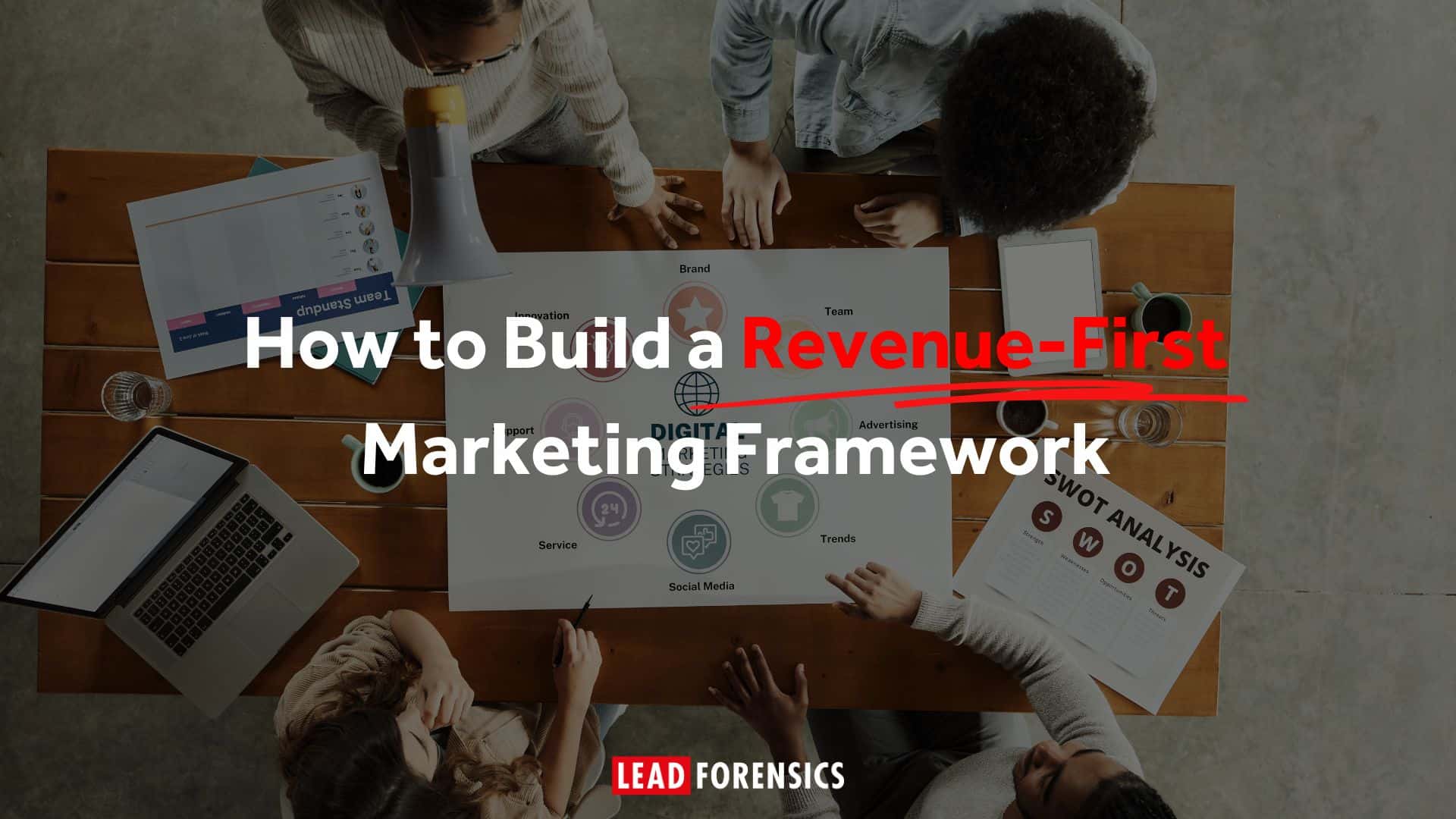Account-Based Marketing (ABM) has become a cornerstone strategy for many B2B marketers. In theory, it’s simple: target high-value accounts with personalized campaigns that align with sales to drive revenue. But in practice? ABM is complex, and too often, it doesn’t deliver the expected results.
If your ABM campaigns are failing and not generating pipeline, closing deals, or demonstrating ROI, you’re not alone. The good news is that failure points are often predictable, and fixable.
Here are six common reasons ABM campaigns fall short, along with practical ways to turn things around.
1. Lack of Clear Goals
One of the primary reasons why ABM campaigns fail is the lack of clear and well-defined goals. Without specific objectives, it becomes challenging to measure success and make data-driven decisions.
Furthermore, ABM success can’t be measured with the same KPIs you’d use for traditional demand gen. Vanity metrics like click-through rates or email opens tell you very little about actual account engagement or pipeline progression.
How to Fix it
To overcome this hurdle, align your ABM goals with broader business objectives and ensure they are specific, measurable, achievable, relevant, and time-bound (SMART).
Focus on account-centric metrics: engagement level within key accounts, progression through the buyer journey, meeting set rates, deal velocity, and revenue influence.
Use attribution tools to connect marketing activity with sales outcomes. Get greater insights from website visitor identification software like Lead Forensics, which can tell you the businesses that are engaging with your campaigns (and those that aren’t).
For example, if your business objective is to increase revenue by 20% in the next quarter, your ABM goal could be to generate 50 qualified leads from target accounts within that timeframe. Having clear goals not only helps you track progress but also enables you to evaluate the effectiveness of your ABM strategies and make necessary adjustments.
2. Targeting The Wrong Accounts
The success of any ABM strategy begins with the accounts you target. If your Ideal Customer Profile (ICP) is outdated, too broad, or not rooted in actual buyer data, your efforts could be wasted on companies that are unlikely to convert.
That’s why ineffective account selection can lead to wasted resources and missed opportunities. Take the time to identify accounts that align with your ideal customer profile and have the highest propensity to convert.
How to Fix it
Take a look at your historical data to understand and refine your ICP based on insights like firmographics, technographics, and behavioral signals. Use tools like Lead Forensics to identify which companies are already engaging with your website, and prioritize those showing intent. It’s a good idea to collaborate with sales to ensure you’re aligned and agree with your target account selection.
Make sure you thoroughly research your targets and use data-driven insights to make informed decisions about which accounts to prioritize. Consider factors such as the account’s industry, size, revenue potential, and past engagement with your brand. By focusing your efforts on the most promising accounts, you can maximize the impact of your ABM campaigns.
3. Inadequate Data Management
ABM relies on precision, and data is the lifeblood of an effective campaign. But that’s impossible if your account and contact data is riddled with inaccuracies.
From incorrect job titles to outdated email addresses, poor data quality will break your campaigns before they begin.
How to Fix it
Invest in robust data management practices:
- Audit your CRM and marketing databases regularly
- Enrich records with third-party data to fill in gaps, especially decision-maker info.
- Use tools that provide real-time business intelligence and help you do things like identify who’s visiting your site or provide context on company size, industry, and more.
4. Ineffective Content Strategy
ABM is all about relevant content. If your campaigns sound generic or read like a mass email blast, your audience will ignore them.
High-value accounts expect high-value content that’s tailored to their needs, industry pain points, and specific stage in the buying journey.
How to Fix it
Start by conducting a content audit to understand what assets you have and identify any gaps.
Develop account-specific content that addresses the pain points and challenges faced by the target accounts. Personalization is key in ABM, so tailor your messaging to resonate with each account.
Consider creating different types of content, such as whitepapers, case studies, and webinars, to cater to different stages of the buyer’s journey.
5. Lack of Alignment Between Sales and Marketing
ABM is a collaborative effort between marketing and sales teams. Without alignment and close coordination, ABM campaigns are likely to falter. Foster a culture of collaboration between the two teams, establish shared goals, and facilitate ongoing communication.
How to Fix it
You can establish regular communication between sales and marketing teams to help with alignment.
Other tips to bring the two teams closer include:
- Co-create account plans
- Define responsibilities
- Agree on metrics
- Use shared dashboards and platforms that keep both teams updated on account engagement
6. Insufficient Follow-Through
Many ABM campaigns start strong, with flashy creative and targeted outreach, but then stall. There’s no consistent nurture path, no content mapped to the buying cycle, and no system for surfacing insights to keep deals moving.
How to Fix it
You need to build long-term engagement strategies. You should map out content and touchpoints for each phase of the buyer journey, from awareness all the way through to post-sale.
It’s a good idea to use intent data and behavioral signals to trigger timely follow-ups. And you need to ensure your sales team knows when and how to re-engage accounts based on real-time activity, not just a static campaign calendar.
Bonus Tip: Try Lead Forensics for Better Insights
By unraveling the veil of anonymity from website visitors, Lead Forensics equips companies with the knowledge to pinpoint potential leads, tailor outreach efforts, and craft compelling engagements. Book a demo to see how our platform can help you solve your ABM challenges.









